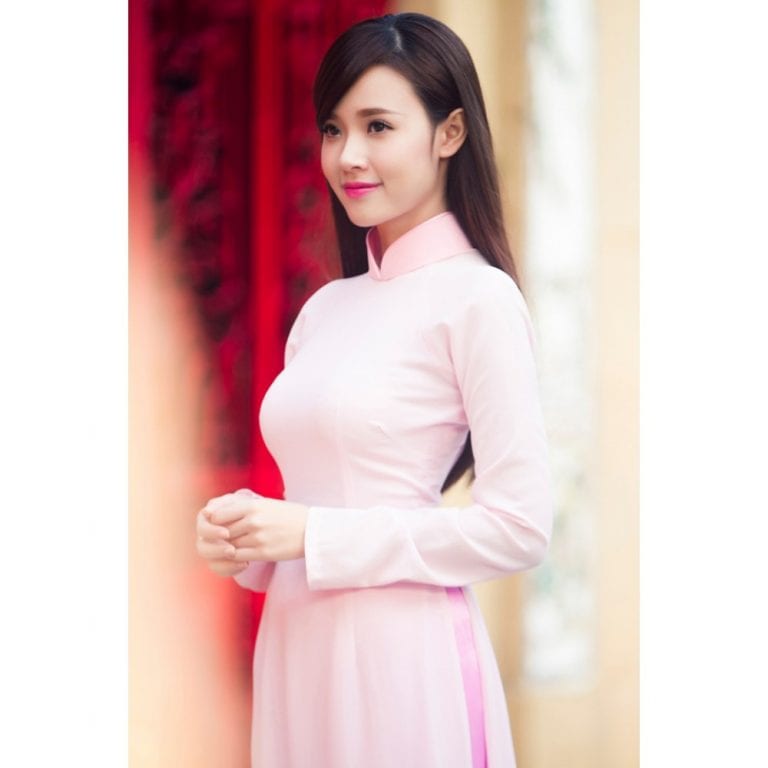Elegance Unveiled: The Timeless Allure of Ao Dai
The ao dai is more than just a piece of clothing; it is a symbol of cultural identity and elegance that has transcended the confines of time. This traditional Vietnamese attire, characterized by its fitted top and flowing trousers, beautifully embodies the grace and femininity of those who wear it. With its roots deeply embedded in Vietnamese history, the ao dai has evolved through the ages, reflecting the changing dynamics of society while maintaining its status as a beloved fashion choice.
As we explore the allure of the ao dai, we can see how it effortlessly blends tradition with modernity. Whether worn on festive occasions or in everyday life, this garment elucidates a narrative of heritage and style. The intricate designs and vibrant colors evoke a sense of pride among wearers, all while showcasing the craftsmanship of skilled tailors. Through its fabric and form, the ao dai invites us to appreciate not only its aesthetic appeal but also its role as a cherished cultural emblem.

Historical Significance
The ao dai holds a prominent place in Vietnamese culture, embodying a rich history that dates back centuries. Initially, the garment emerged as a symbol of elegance and sophistication among the Vietnamese elite. Over time, it evolved, reflecting the influences of different dynasties and cultural exchanges with neighboring regions. The design gradually transformed into a more fitted style, accentuating the graceful silhouette of the wearer, while remaining rooted in its traditional origins.
During the 20th century, the ao dai gained iconic status as a representation of Vietnamese identity and nationalism, particularly in the wake of colonialism. Women began to wear the ao dai not only for everyday occasions but also during significant cultural celebrations and national events. This shift highlighted the garment's dual role as a symbol of beauty and a statement of cultural pride amidst the turbulent historical backdrop of Vietnam.
In contemporary society, the ao dai continues to be cherished, blending tradition with modern fashion. It is often worn during festivals, weddings, and other formal gatherings, signifying its enduring relevance. Additionally, the ao dai has made its mark on the global fashion scene, attracting interest from designers and fashion enthusiasts worldwide, ensuring that its historical significance remains alive and appreciated across generations.
Cultural Symbolism
The ao dai is more than just a garment; it embodies the cultural identity of Vietnam. Traditionally worn by women, this elegant attire represents grace, femininity, and the rich heritage of the Vietnamese people. aodaistyle flowing lines and gentle silhouette create an image of serenity and beauty, reflecting the delicate balance between modernity and tradition in Vietnamese society.
In addition to its aesthetic appeal, the ao dai holds significant cultural symbolism. It is often worn during important celebrations and ceremonies, such as weddings, Tet (the Lunar New Year), and other festive occasions. The colors and patterns of the ao dai often reflect the wearer's emotions and intentions, adding layers of meaning to the attire. For instance, bright colors may symbolize joy and celebration, while softer hues may convey calmness and tranquility.
Moreover, the ao dai serves as a canvas for artistic expression. Many designers incorporate contemporary elements while respecting traditional craftsmanship, showcasing the adaptability of this timeless outfit. This blend of old and new illustrates the ongoing evolution of Vietnamese culture, making the ao dai not just a piece of clothing but a living symbol of national pride and artistic heritage.
Cultural Symbolism
The ao dai is more than just a garment; it embodies the cultural identity of Vietnam. Traditionally worn by women, this elegant attire represents grace, femininity, and the rich heritage of the Vietnamese people. Its flowing lines and gentle silhouette create an image of serenity and beauty, reflecting the delicate balance between modernity and tradition in Vietnamese society.
In addition to its aesthetic appeal, the ao dai holds significant cultural symbolism. It is often worn during important celebrations and ceremonies, such as weddings, Tet (the Lunar New Year), and other festive occasions. The colors and patterns of the ao dai often reflect the wearer's emotions and intentions, adding layers of meaning to the attire. For instance, bright colors may symbolize joy and celebration, while softer hues may convey calmness and tranquility.
Moreover, the ao dai serves as a canvas for artistic expression. Many designers incorporate contemporary elements while respecting traditional craftsmanship, showcasing the adaptability of this timeless outfit. This blend of old and new illustrates the ongoing evolution of Vietnamese culture, making the ao dai not just a piece of clothing but a living symbol of national pride and artistic heritage.